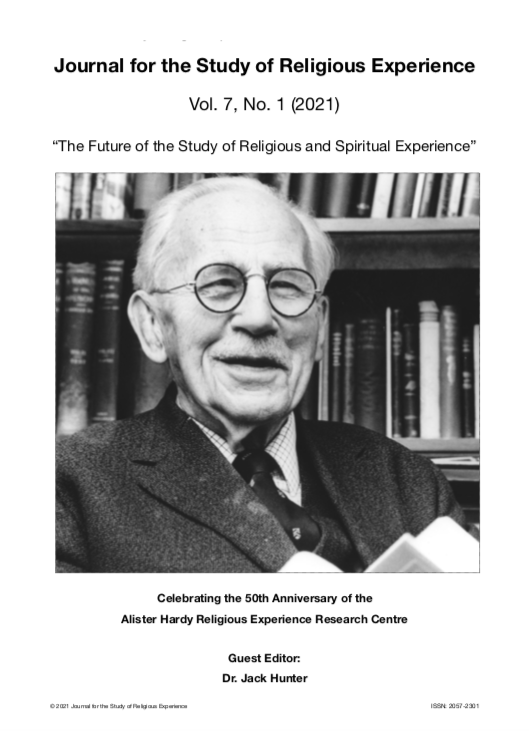Secularization of/or Mysticism: Notes on Richard H. Jones’ Philosophy of Mysticism
Abstract
Serious mysticism is dying, while superficial spirituality is increasing. It is part of a larger process in modernity, in which people have lost sight of the ontic dimension of reality. Richard H. Jones takes these categorical positions regarding the understanding of mysticism in contemporary society in his recent monograph, entitled Philosophy of Mysticism. This standpoint is articulated as part of the idea of the secularization of mystical experiences in the epilogue.
The idea is briefly and vaguely introduced by Jones, therefore, firstly, I am putting this concept under a scrutiny, through analyzing five key phrases of the epilogue: secularization, modernity, the concept of classical mysticism, today’s mystical phenomena and the future of mysticism. Secondly, I am clarifying the idea of the secularization of mystical experiences aiming to provide a more nuanced understanding of mysticism as a contemporary phenomenon. Thirdly, I am pointing out some fairly common, dated and problematic views in academia related to the theory of secularization i.e. closely linking the decline of religiosity to modernity and applying a rigid dichotomy of sacred and secular when analyzing modern religious phenomena. Lastly, regarding the scientific study of mystical experiences, I am proposing questions leading towards further, more thorough investigations, as well as the use of the theory of religious pluralism which is able reflect on the fluidity of modern mystical phenomena.[1]
[1] This research was supported by the project nr. EFOP-3.6.2-16-2017-00007, titled Aspects on the development of intelligent, sustainable and inclusive society: social, technological, innovation networks in employment and digital economy. The project has been supported by the European Union, co-financed by the European Social Fund and the budget of Hungary.
Downloads
Published
Issue
Section
License
The Journal for the Study of Religious Experience is a peer-reviewed, open-access journal. All journal content, except where otherwise noted, is licensed under https://creativecommons.org/licenses/by-nc-nd/4.0/.
The copyright for articles published in this journal is retained by the authors and the Journal for the Study of Religious Experience.
Authors would need to request the reuse of the article in case they want to publish it elsewhere and they should acknowledge the initial publication in JSRE.
Authors are permitted and encouraged to post online (e.g., in institutional repositories or on their website) a link to the Journal's website where the article may be downloaded for free.
Authors are responsible for ensuring copyright clearance for any images, tables, etc. which are supplied from an outside source.


